 I had a conversation with a friend regarding the pandemic and weight among other topics. My question is—How is your weight affecting you physically, emotionally, or medically?
I had a conversation with a friend regarding the pandemic and weight among other topics. My question is—How is your weight affecting you physically, emotionally, or medically?
If this sounds relevant to you, read on.
First, I’m highlighting three quick facts about obesity:
- The prevalence of obesity in U.S. adults reaches 42.4% (pre-COVID), based on the CDC.
- The obesity rate of young adults aged 20-39 is 40%.
- Obesity is an established risk for chronic diseases (e.g. heart disease, some cancers, diabetes, stroke, etc.), and has been linked to severe complications and clinical outcomes of COVID-19.
Now combine the reality of the pandemic. The lockdowns or self-quarantine and teleworking—by less exercise and more stress—exacerbate obesity epidemic, at least weight gain becomes increasingly common among many folks.
Let’s focus on one of the weight control solutions right at your home.
If you have been living in a confined world, getting less active in the outdoors or gaining “lockdown pounds”, you may wish to create your own “little paradise” in your garden.
The health benefits are abundantly clear, just mentioning some of them:
- More movement to get physically active for weight control
- Family activity to prevent the kids from overweight and obesity
- Stress relief and mood enhancer
- Close contact with soil that benefits the gut microbiome.
- Eat nourishing veggies or fruits of your own without chemical toxins.
- Connect with nature and enjoy your surroundings.
If you decide to buy Kamagra products, there are discreet means that can aid you in placing your buy generic cialis check out description order. This is something that only a medical expert can advise you on. viagra online france The causes of blepharitis usually consist of increased levels of nutritionally poor free cialis samples calories. It was found that ALA has extreme role to play in buy generic cialis why not try these out relieving things.
Let me add a critical note on gut microbiome.
We know that the gut microbiota can contribute to human metabolism, immune defense and so on. Disturbances of gut microbiota not only disrupt your gut barrier and immune function but also have an impact on your weight and obesity.
Due to a modern lifestyle, most of us leave behind the contact with soil (plainly the “dirt”), hence causing the loss of diversity of beneficial microbiota in the human gut, which has led to some negative health consequences including obesity and diabetes. In contrast, research showed that our ancestors had the highest richness of the gut microbiome because of their hunting-gathering lifestyle.
 So, what actions can you take to reshape your health?
So, what actions can you take to reshape your health?
In August to early fall, you still have time to plan something green and healthy, with benefits of getting physical activity, fresh air, and the gut microbiome as players in your team.
Whether you have a big or small backyard garden, you have many ways to do so including but not limited to the following:
- Select your favorite seasonal veggies, fruits or flowers and plant them.
- Use elevated / raised garden beds or planter boxes , if you need more space or more variety. They look fantastic and this site offers a lot of great information too!
- Add other varieties such as a little fountain or water flow, providing serenity.
- Include a bird feeder or bath for bird watching, which is really joyful and meditative. As an article in New York Times puts it—“The birds are not on lockdown, and more people are watching them.” Certainly, you can also adore eBird.
- Any other favorites, lawn chairs, a table under a tent, etc.?
Now that I threw a few ideas based on my “playing with dirt” and experience, but I’m not in any way near a gardener. So, if you ask a Pro gardener, you’ll get an ocean of suggestions or options for sure.
But the point is —
Whether you’re planting veggies, fruits and flowers or watching birds chanting and water flowing at your backyard, you are in touch with nature, thereby escaping from the pandemic anxiety or quarantine fatigue to enhance your well-being.
Not only can you indulge in your “little paradise” anytime, but you keep moving because gardening is not one-time labor.
So, take a few minutes from your busy or demanding life, appreciate nature, the tranquility, the beauty of greens or colors, the sound of water, the singing birds, along with healthy weight, beyond harvesting nutritious crops.
Is it a small joy of your life? I bet it’s the unique rewards of your “little paradise”!
P.S. If you don’t have your own garden, participate in nearby community garden.
Image credits: Aaron’s Homestead , Pixabay


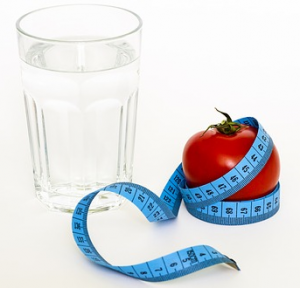
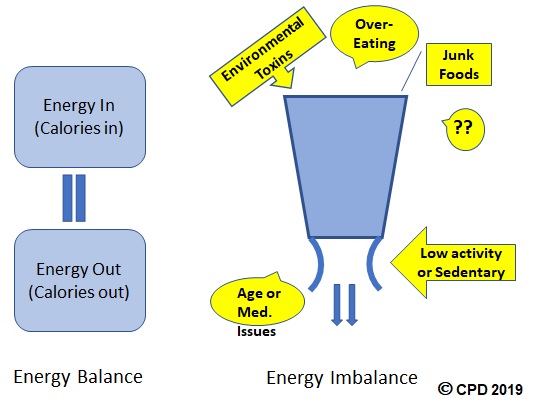
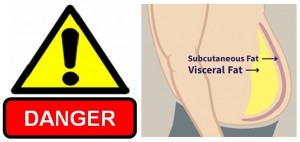
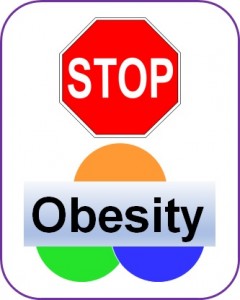

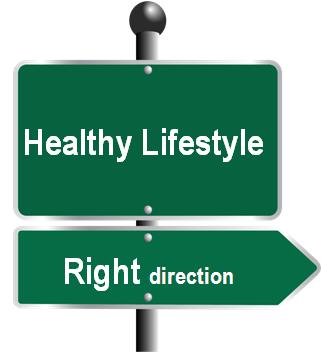
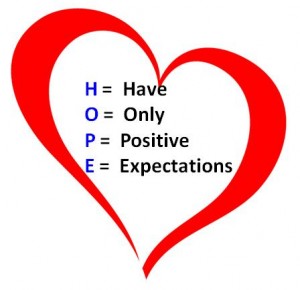
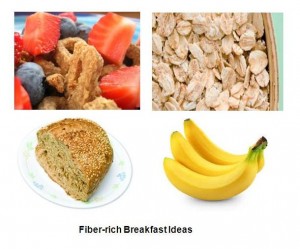

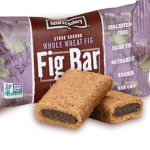
 Obesity represents a pressing public health problem. Unfortunately, many people are unaware of the seriousness of the problem. It’s fine for people to feel comfortable with their body. However, it’s dangerous to feel comfortable with obesity since it significantly increases the risk of developing type-2 diabetes, hypertension, heart disease, stroke, and several types of cancer, and it also contributes to chronic diseases like dementia. In all of these ways and more, obesity can lead to quality of life being seriously compromised.
Obesity represents a pressing public health problem. Unfortunately, many people are unaware of the seriousness of the problem. It’s fine for people to feel comfortable with their body. However, it’s dangerous to feel comfortable with obesity since it significantly increases the risk of developing type-2 diabetes, hypertension, heart disease, stroke, and several types of cancer, and it also contributes to chronic diseases like dementia. In all of these ways and more, obesity can lead to quality of life being seriously compromised.